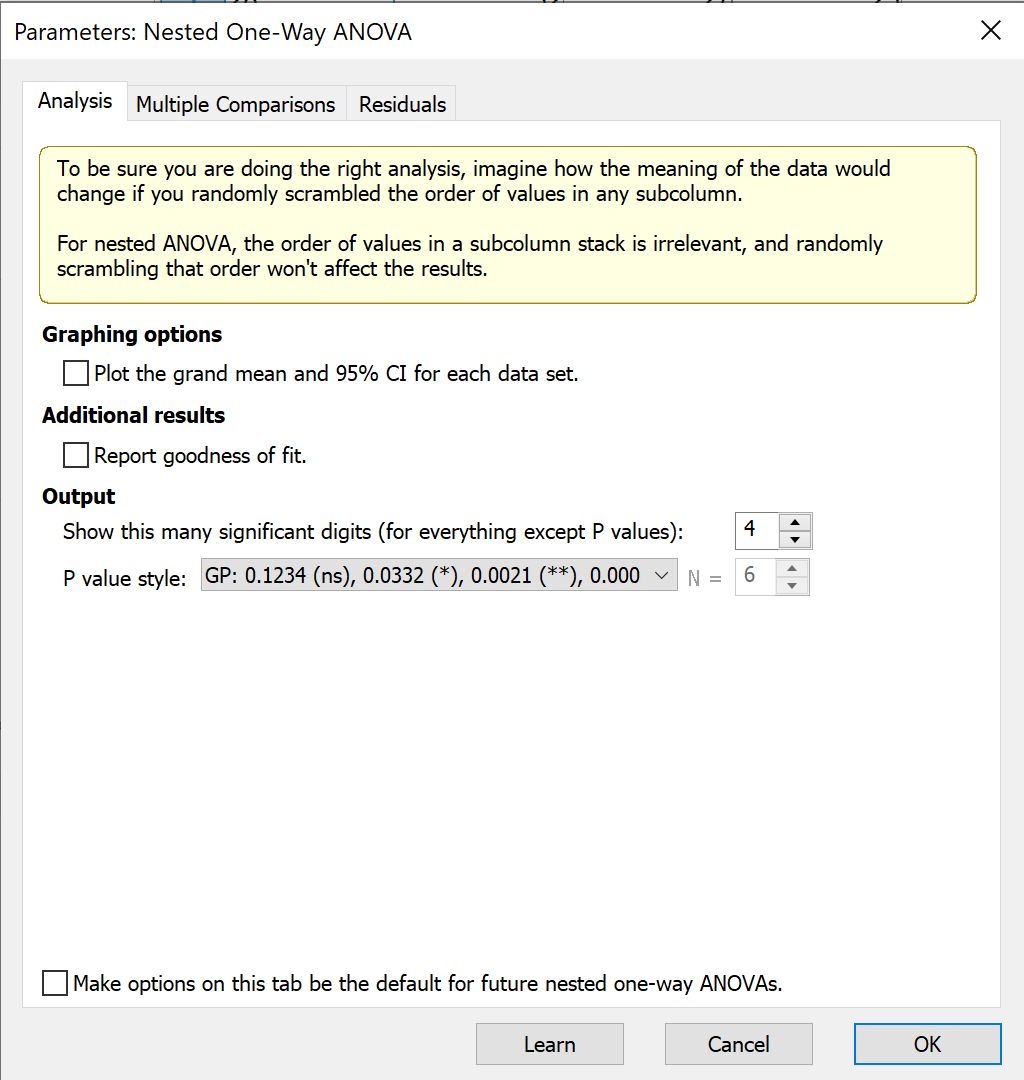
Set Batch, Sample and Repeat as Factors, and d50 as your Response. You then need to define the column roles and analysis parameters. If you're concerned about the risks of putting your data onto our website, then we hope that our " How secure is my data?" blog will address your concerns. You can either load a CSV into the website, or copy and paste the data directly from Excel.

This file will show the required layout for a Nested analysis - one row per measurement, with one column per factor and response.įirst things first: let's import the data. If you'd like to download the sample data to try it out for yourself, then you can do so here.

We'll then measure each sample twice, and record the results. We'll look at this process across 4 batches, taking two samples from each batch. In a perfect world, every measurement would yield the same result - but, in reality, we know that results will vary, and we'd like to understand why. This example comes from a manufacturing background, and records the particle size distribution (D50) measurement of a formulation product. In this overview of the tool, we’ll use a case study to illustrate how to use it and how to interpret the output.

We're really excited to make our popular Nested tool freely available online - if you're interested in why we're giving this away free of charge, then please read our blog to learn more!


 0 kommentar(er)
0 kommentar(er)
